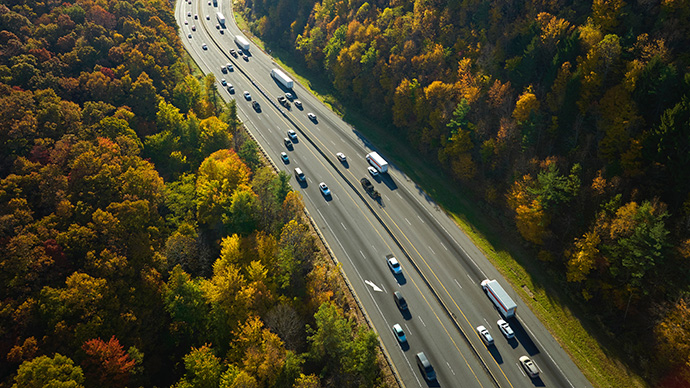What Should You Do If a Wildfire Threatens?
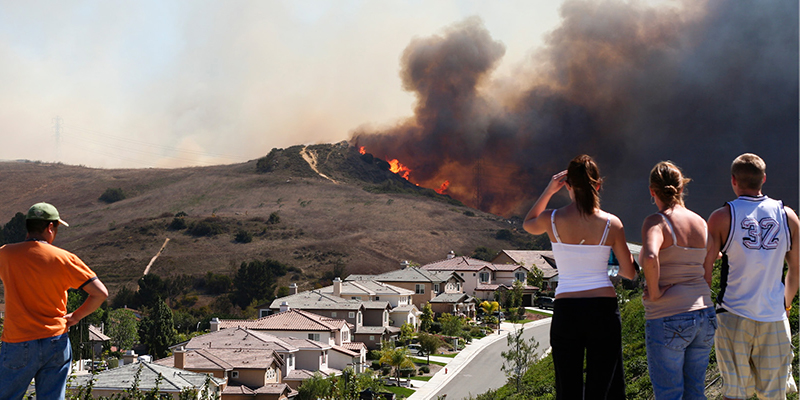
Over the past 10 years, wildfires have caused up to $5.1 billion in losses. According to Verisk’s 2019 Wildfire Risk Analysis, 4.5 million U.S. homes are identified at high or extreme risk of wildfire, with more than 2 million in California alone.
If you are warned that a wildfire is threatening your area, listen to your radio for reports and evacuation information. Follow the instructions of local officials. You should also warn others of the threat and alert them to the possibility of evacuation.
If you’re advised to evacuate, do so immediately. When you evacuate:
- Wear protective clothing—sturdy shoes, cotton or woolen clothing, long pants, a long-sleeved shirt and gloves.
- Take a handkerchief to protect your face.
- Lock your building.
- If authorities advise a specific evacuation route, follow it. If no route is suggested, choose an evacuation route away from fire hazards. Watch for changes in the speed and direction of fire and smoke.
If you’re sure you have time, take steps to protect your building.
Inside the building:
- Close windows, vents, doors, blinds or noncombustible window coverings, and heavy drapes.
- Remove lightweight curtains.
- Shut off gas at the meter. Turn off pilot lights.
- Open the fireplace damper and close fireplace screens.
- Move flammable furniture into the center of the building, away from windows and sliding-glass doors.
- Turn on a light in each room to maximize visibility of the structure in heavy smoke.
Outside the building:
- Seal the attic and ground vents with pre-cut plywood or commercial seals.
- Turn off propane tanks.
- Place combustible patio furniture inside.
- Connect the garden hose to outside taps.
- Set up an empty portable gasoline-powered pump.
- Place lawn sprinklers on the roof and near above-ground fuel tanks. Wet the roof.
- Wet or remove shrubs within 15 feet of the building.
- Gather fire tools.
Have emergency supplies ready.
When wildfire threatens, you won’t have time to shop or search for supplies. Assemble a disaster supplies kit with items you may need if you need to evacuate. Store these supplies in sturdy, easy-to-carry containers such as backpacks, duffle bags or plastic garbage bags prominently labeled “Emergency Kit.” You may also want to assemble a smaller version of your kit to keep in the trunk of your car.
Your kit should include:
- A three-day supply of water (one gallon per person, per day) and food that won’t spoil.
- A first aid kit.
- Emergency tools, including a battery-powered radio, flashlight and plenty of extra batteries.
- Sanitation supplies and medicines.
- Pet food and supplies.
- Important documents in a waterproof container.
This information is from the US Department of Homeland Security’s Federal Emergency Management Agency (FEMA). You can find additional information on the FEMA website.
Source for wildfire statistics: iii.org/fact-statistic/facts-statistics-wildfires

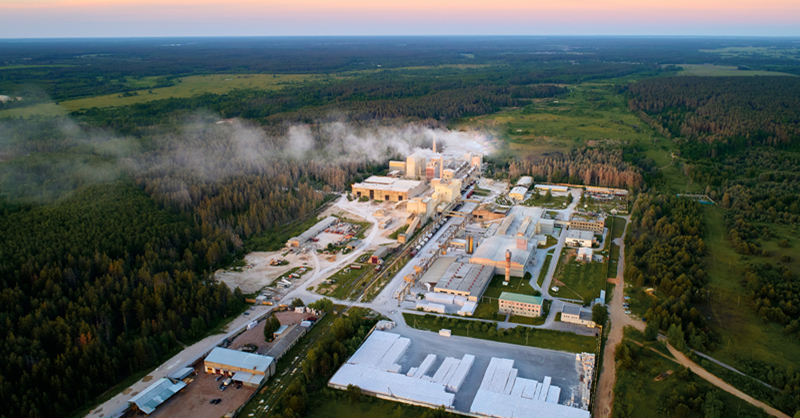
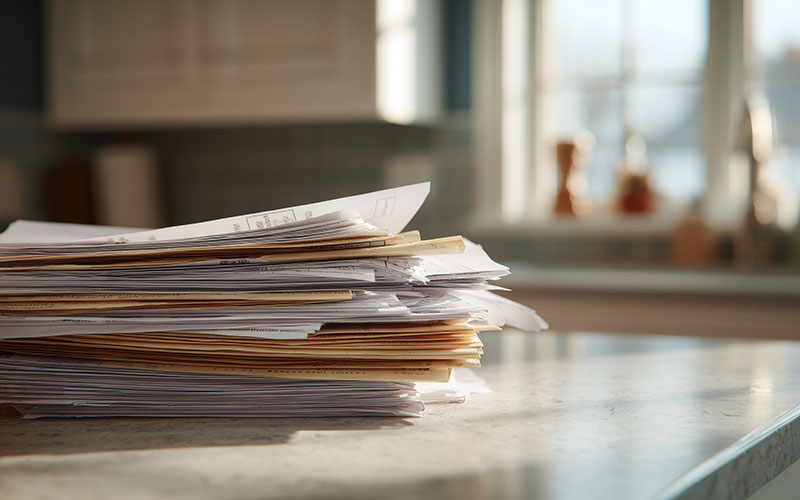




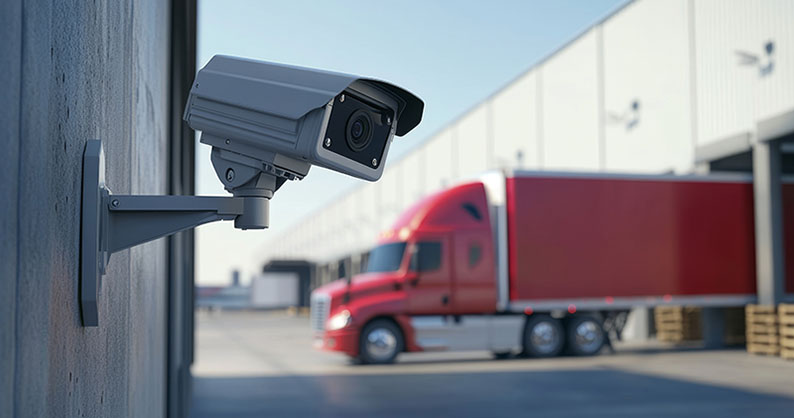
.jpeg?sfvrsn=dbf923b1_1)




.jpeg?sfvrsn=c50521b1_1)
